The Prado Museum, which is literally overrun with visitors, always offers, in addition to the exceptional permanent exhibition, temporary exhibitions of high scientific quality and of particular historical interest. that’s not the case The Lost Mirror. Jews and Converts in Medieval Spain – exposure recently inaugurated and set up until January 14th – was selected by ArtNet magazine among the fifteen must-see autumn exhibitions in Europe.
The lost mirror, the origins of anti-Semitism
After the great monograph dedicated to Guido Reni in the spring, the museum has decided to focus on a fundamental chapter in the history of Spain: the relations between the Christian and Jewish communities in the Middle Ages. The issue is undoubtedly complex and sensitive, also in view of the tragic events of the current period. Anti-Judaism and anti-Semitism have very old roots throughout Europe; In this case, however, it is not an exhibition dedicated to Sepharad (a biblical toponym by which Hebrew refers to the Iberian Peninsula) or to the life of Jews in Spain. The challenge of Joan Molina – chief curator of the Museum of Gothic Painting and both rigorous and passionate curator of the exhibition – aims to make contemporary audiences understand the role that sacred images played in the relationship between Jews, converts and Christians in a period between 1285 and 1492. Date of the expulsion of the Jews from the Kingdom of Castile and Aragon.
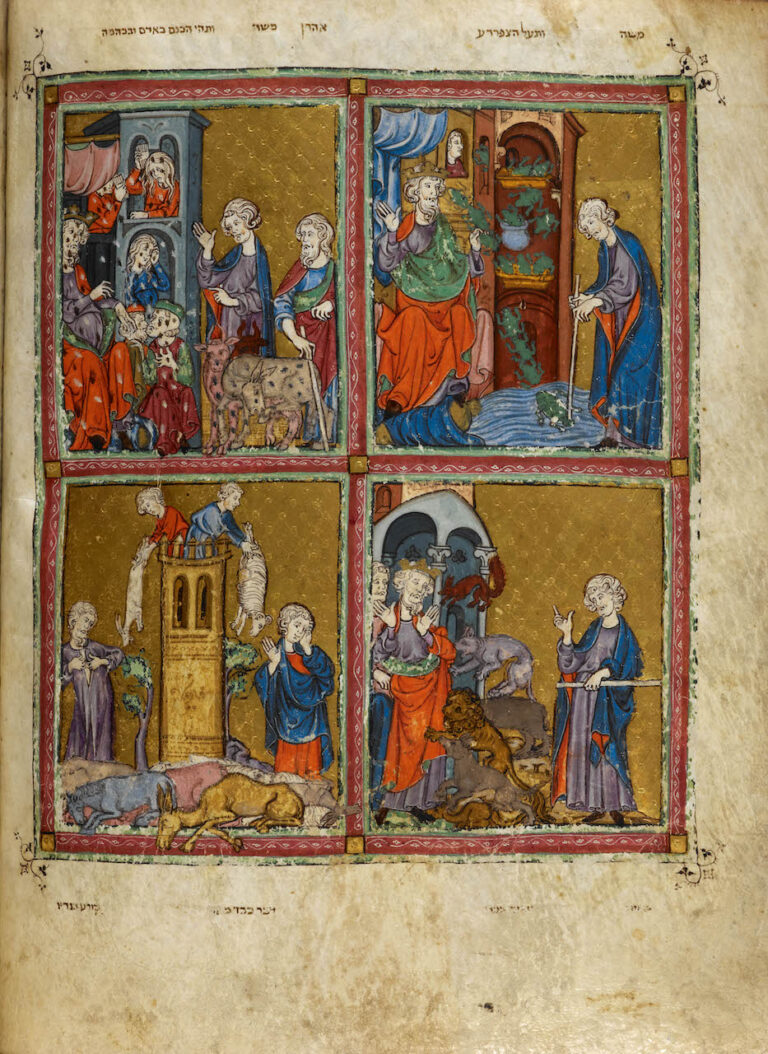 2/8
2/8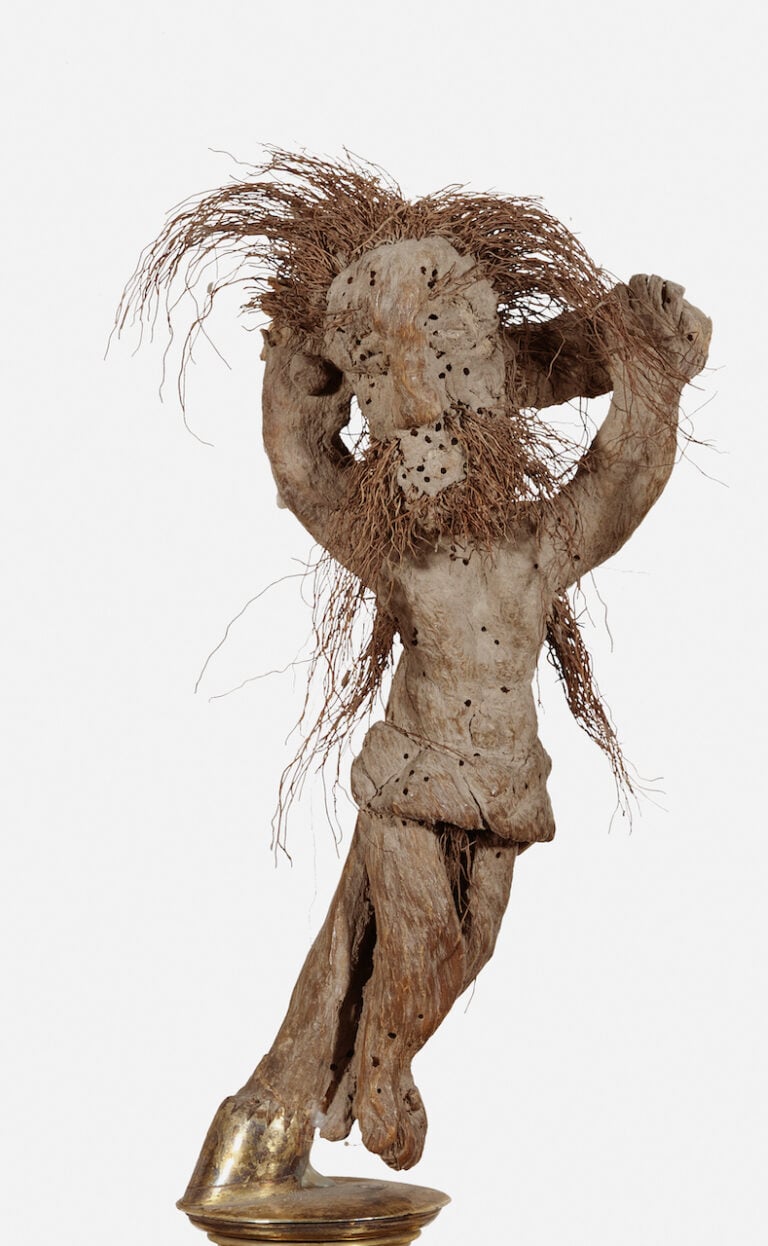 3/8
3/8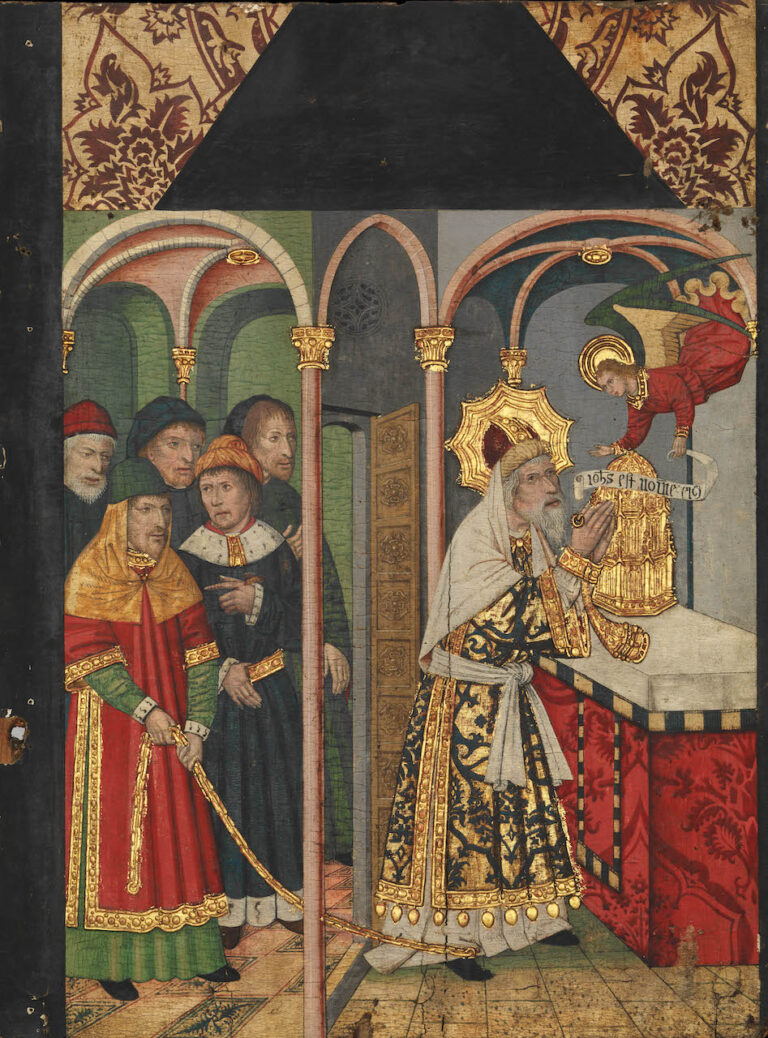 4/8
4/8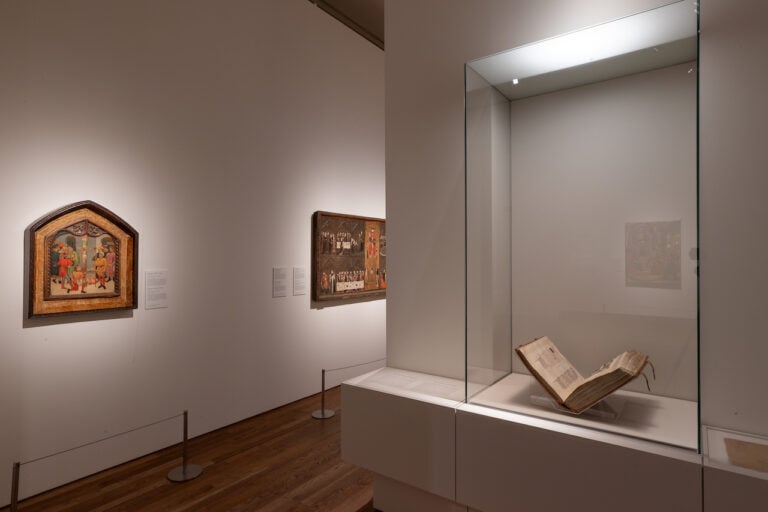 5/8
5/8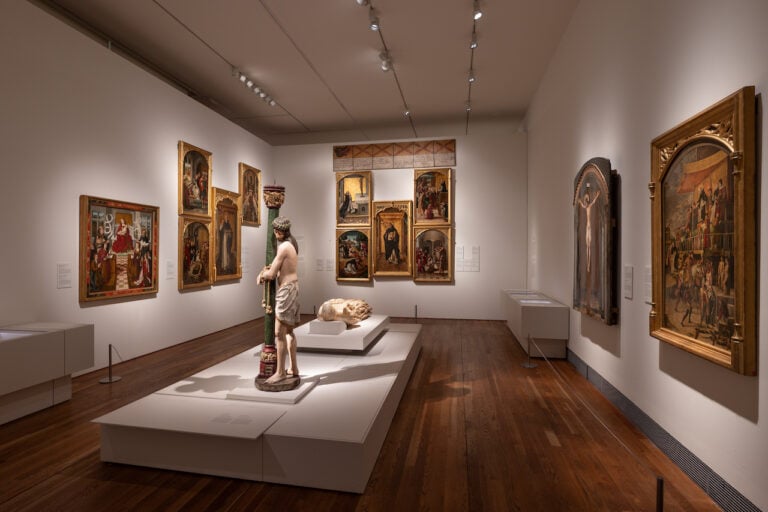 6/8
6/8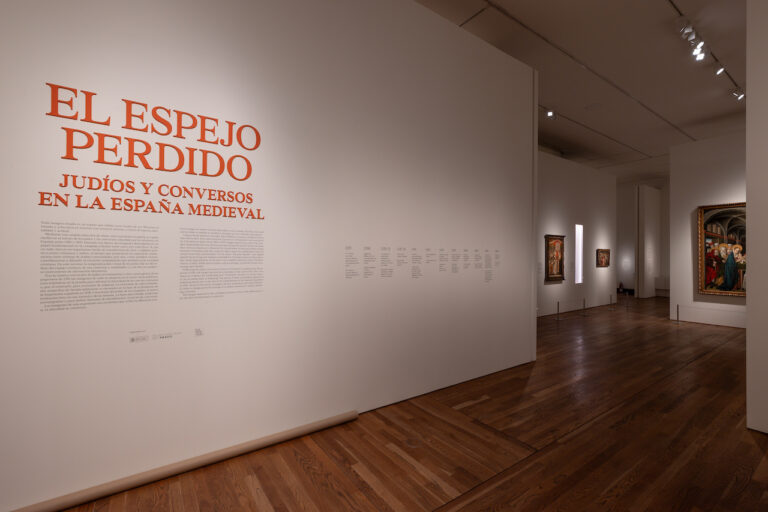 7/8
7/8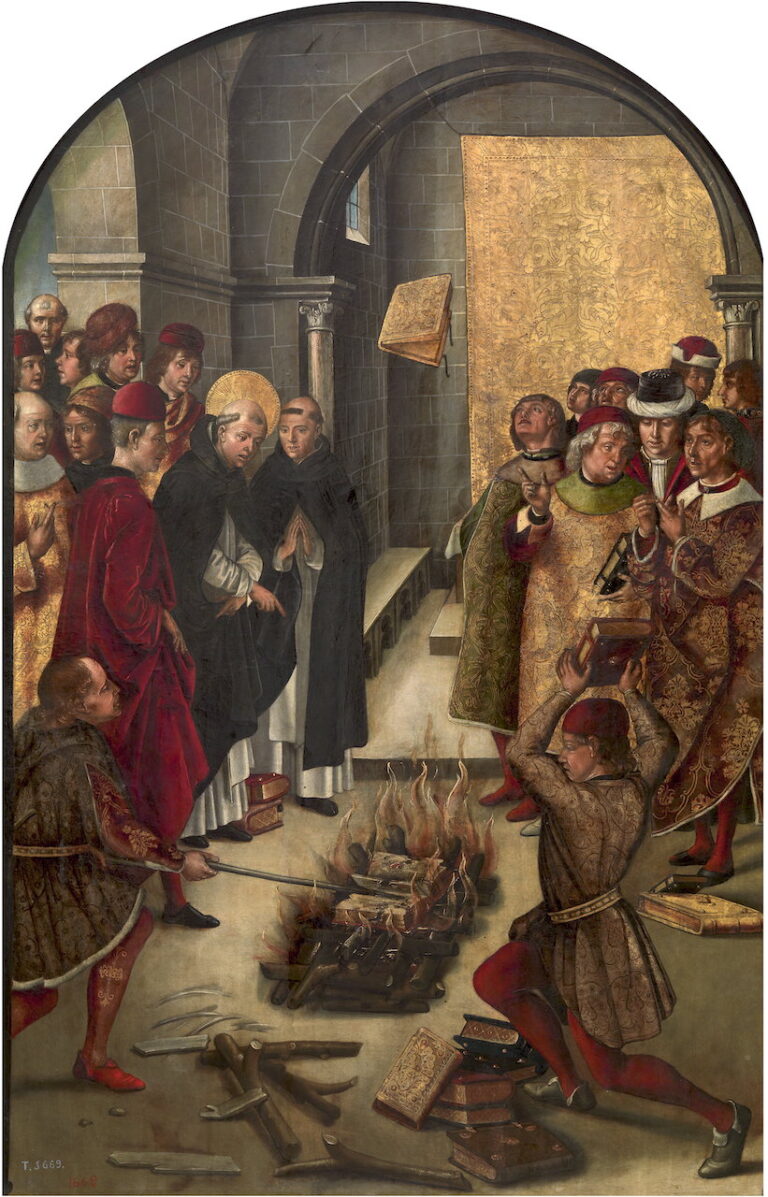 8/8
8/8The Lost Mirror. The iconography and history
The chosen topic therefore belongs neither to art history nor to history tout cour, but rather to the history of the images. By mirror we mean, in fact, the portrait of the Other, which also partly reflects the viewer’s point of view: that is, the perception that the Spanish Christians had first of their contemporary Jews and then of the converts during the massive persecutions of 1391. An in-depth reading of the works of art on display allows us to discover a veritable kaleidoscope of forms of religious, political and social propaganda that contributed not only to the formation of the identity of Christians themselves, but also to their creativity the iconography and the physiognomy of the Jews (with aquiline nose, dark skin, deformed body and some attributes of clothing). Devotional but also satirical, critical and sometimes even miraculous images, each with its own story, are created to evangelize according to the canons of Christian orthodoxy (such as the dogma of the Eucharist, the body of Christ that the Jews want to desecrate; or the Significance of the Passion in which the Jews become murderers of Christ). The use of increasingly explicit and violent imagery often foments first anti-Judaism and then anti-Semitism, justifying the ruthless hunt for heretics or false converts by the Spanish Inquisition, established in 1478.
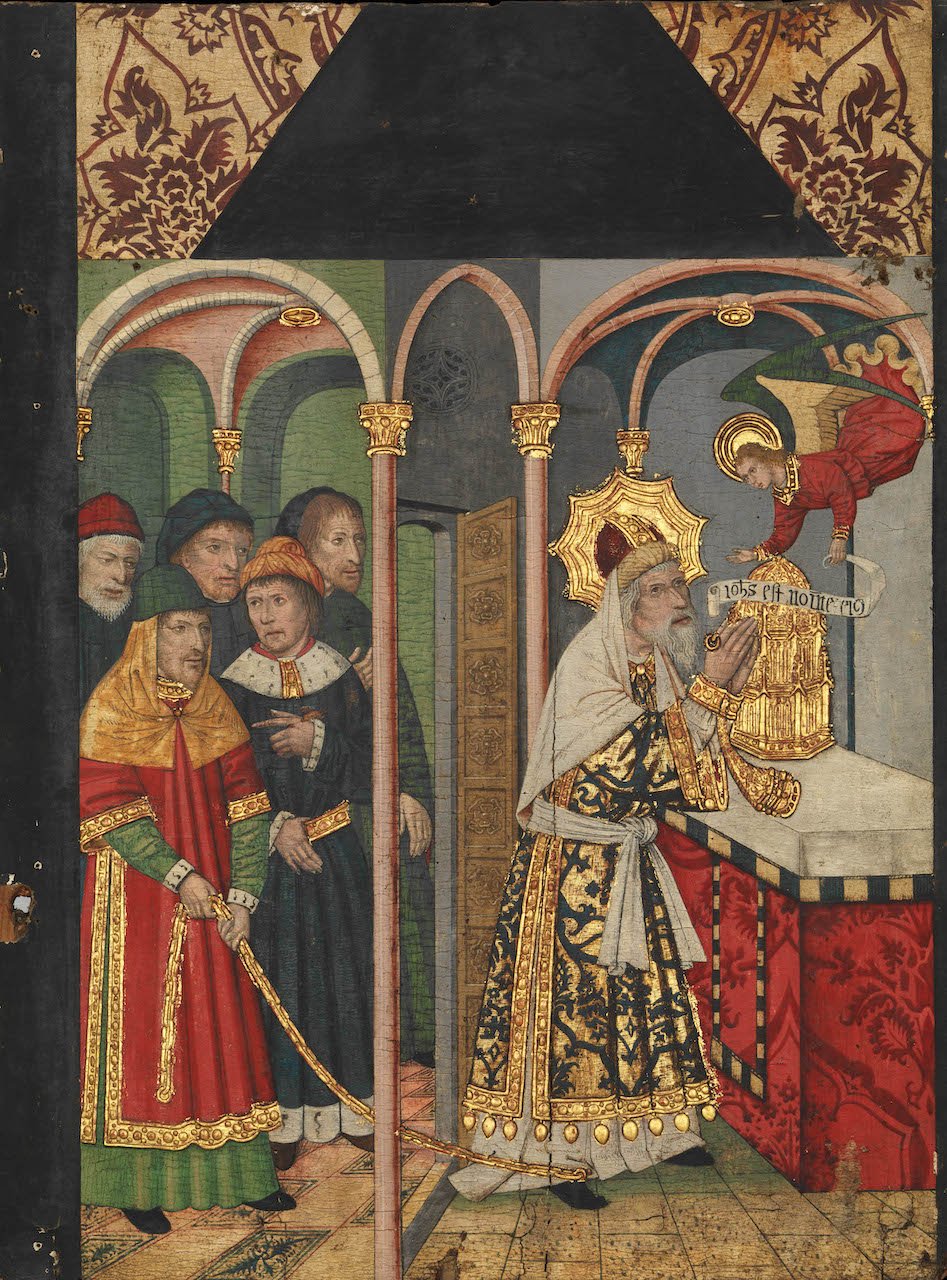
Masterpieces of Gothic art, antique volumes and objects of popular veneration
The exhibition was created in collaboration with the National Art Museum of Catalonia in Barcelona – where it will be on display from February – and brings together around seventy works from both museums, but also from Spanish and foreign churches, libraries, archives and private collections. In addition to paintings, sculptures, prints and drawings, there are also some very valuable antique volumes, such as: Golden Hagadacomes from the British Library in London – an illuminated manuscript on the theme of the Exodus, commissioned from Christian artists by the Jewish elite – or the example of Fortalitium Fidei from the Bibliotéque Nationale of Paris, a text from 1460 that collects the very violent sermons of Fra Alonso de Espina against Jews and lay brothers; or finally the famous one Bible of the House of Albathe first translation from Hebrew into Castilian.
The exhibition is divided into five spatially and chronologically clearly delineated sections: Each one presents masterpieces by masters of Gothic painting – such as: Bartolome Bermejo, Bernat Martorell, Antoniazzo Romano, Gherardo Starmina, Gil de Siloéthe business From Van Eyck e Pedro Berruguete – Works by anonymous authors and some very curious objects of popular piety, all pieces in excellent condition. The first is the allegorical one Source of gracea work from the Flemish workshop Van Eyck Dating from 1430-40, it well illustrates the difference between church and synagogue, the latter being personified by a blindfolded rabbi. The bust of Christ,drawn by Antoniazzo Romano It is an imitation of the icon of St. John in the Lateran, created around 1495. It is a commission from a converted Spanish abbot to demonstrate the authenticity of his faith. The expressionist crucifix is impressive Diego de Siloe; the tables of Bermejo (unsurprisingly, a converted painter) instead highlights the full fleshly humanity of Jesus.
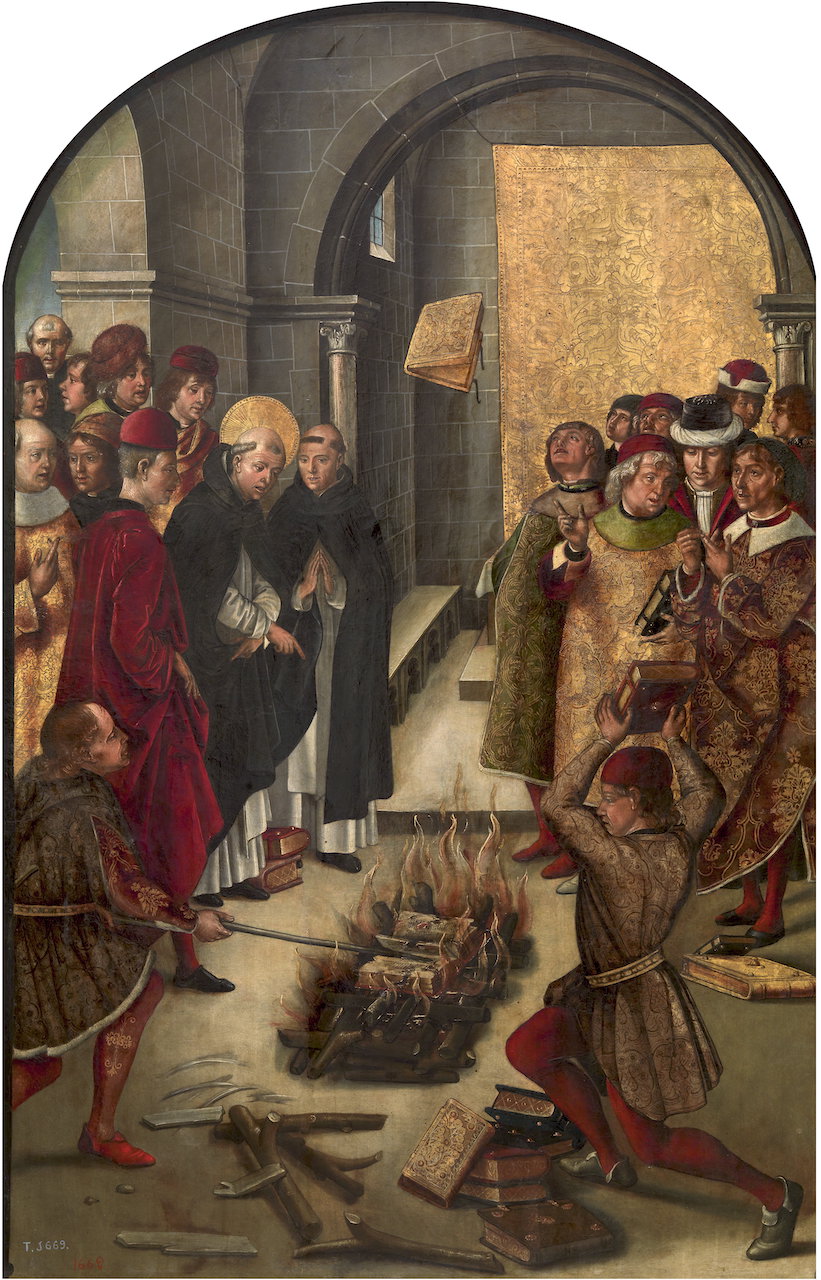
The San Benitos and the scene of the Inquisition
In the last section entitled “Scenography of the Inquisition” the car da fé chaired by Santo Domingo de Guzmánsymbolic work by Pedro de Berruguete, ideally closes the narrative full circle: the master of Spanish flamenco painting actually creates a cycle of works for the Dominican monastery of Santo Tomás in Avila at the end of the 15th century, a true iconographic program that justifies the anti-Semitic work of the inquisitor Tomás de Torquemada. Among the strangest objects of it Lost mirror In the Middle Ages there is the Judia necklace with apotropaic amulets Les Roquetes (Tarrega), decorated with the same amulets that Christians used; The Christ of the Cepa (a vine root in the shape of a crucifix, venerated around 1400); but above all me San Benitos. The latter were worn by those condemned to the stake (sometimes, fortunately, even pardoned) by the Spanish Inquisition: they were jute jackets with the inscription “guilty” on the chest, which were then hung in large quantities on the walls of the churches of Castile. as a warning to believers and a threat against heresy.
Finally, for the occasion, the Prado publishes a catalog edited by Joan Molina herself, which is actually a compendium of essays that address the delicate and complex subject from various historical, religious, artistic and social aspects.
Federica Lonati
Madrid// until January 14, 2024
El Spejo perdido
Prado Museum
C. de Ruiz de Alarcon, 23
www.museodelprado.es